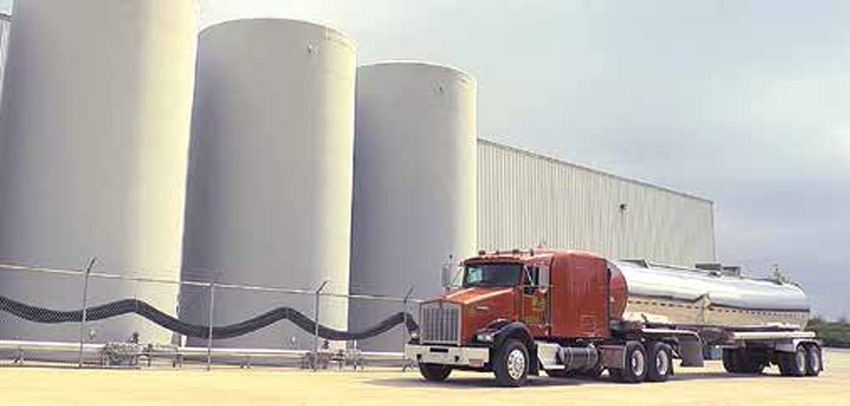December 24, 2014

Last fall, corn growers in many parts of the country reported high yields and, consequently, more residue, which holds valuable nutrients for the next crop. Along with reports of higher yields, however, came reports of cooler-than-normal temperatures, which slow down the microbial activity needed for plant decomposition and nutrient release.
When microbial activity slows down, there is greater potential for immobilization of nitrogen in the spring. Corn cannot flourish without plant-available nitrogen and other valuable nutrients. Therefore, it helps to speed up residue decomposition and the release of nutrients so that mineralization into plant-available inorganic forms can take place, explained Brian Cornelious in a webinar entitled “How to Unlock the Value of Your Residue When Every Dollar Counts,” hosted by Agricen, a Loveland Products company, in November. Cornelious is director of applied sciences at Agricen.
Agricen has developed Accomplish LM, a biochemical fertilizer catalyst designed to accelerate the breakdown and release of nutrients in residue and improve mineralization. It is not as temperature-sensitive as microbes and is compatible with a number of liquid fertilizers, herbicides and fungicides, Cornelious says.
A liquid formulation for broadcast and starter applications, Accomplish LM is generally applied postharvest or in early spring at a rate of 2 quarts per acre, with 1 to 2 gallons of nitrogen and 8 gallons of water as a residue management application. The product also can be applied in season with sidedress applications.
Organic product
The biochemistry in Accomplish LM, registered as an organic product with the Washington State Department of Agriculture, works in a variety of soil types. It is stable with a two-year guaranteed shelf life, Cornelious says.
Approximately 33% of the nitrogen, 40% of the phosphorus and 80% of the potassium applied to and taken up by the crop remain in the crop residue, so it is a good source of nutrients, Cornelious says. He added that in 1 ton of corn residue, there are 17 pounds of N, 4 pounds of P, 34 pounds of K and 3 pounds of sulfur. When you multiply these amounts by yields like 200 bushels per acre, the nutrient value is significant, Cornelious adds.
The price of nutrients per pound will change depending on fertilizer prices, but if you figure that it takes just 40 bushels of corn to produce 1 ton of residue (in which the value of nutrients is approximately $29 per ton), you could see a value of about $145 in nutrients from the residue of a 200-bushel-per-acre field, Cornelious points out.
The product may be used on corn, soybeans, wheat and any other crops that produce a significant amount of residue at harvest. Visit agricen.com.
Like what you’re reading? Subscribe to Farm Industry News Now e-newsletter to get the latest news and more straight to your inbox twice weekly.
About the Author(s)
You May Also Like




